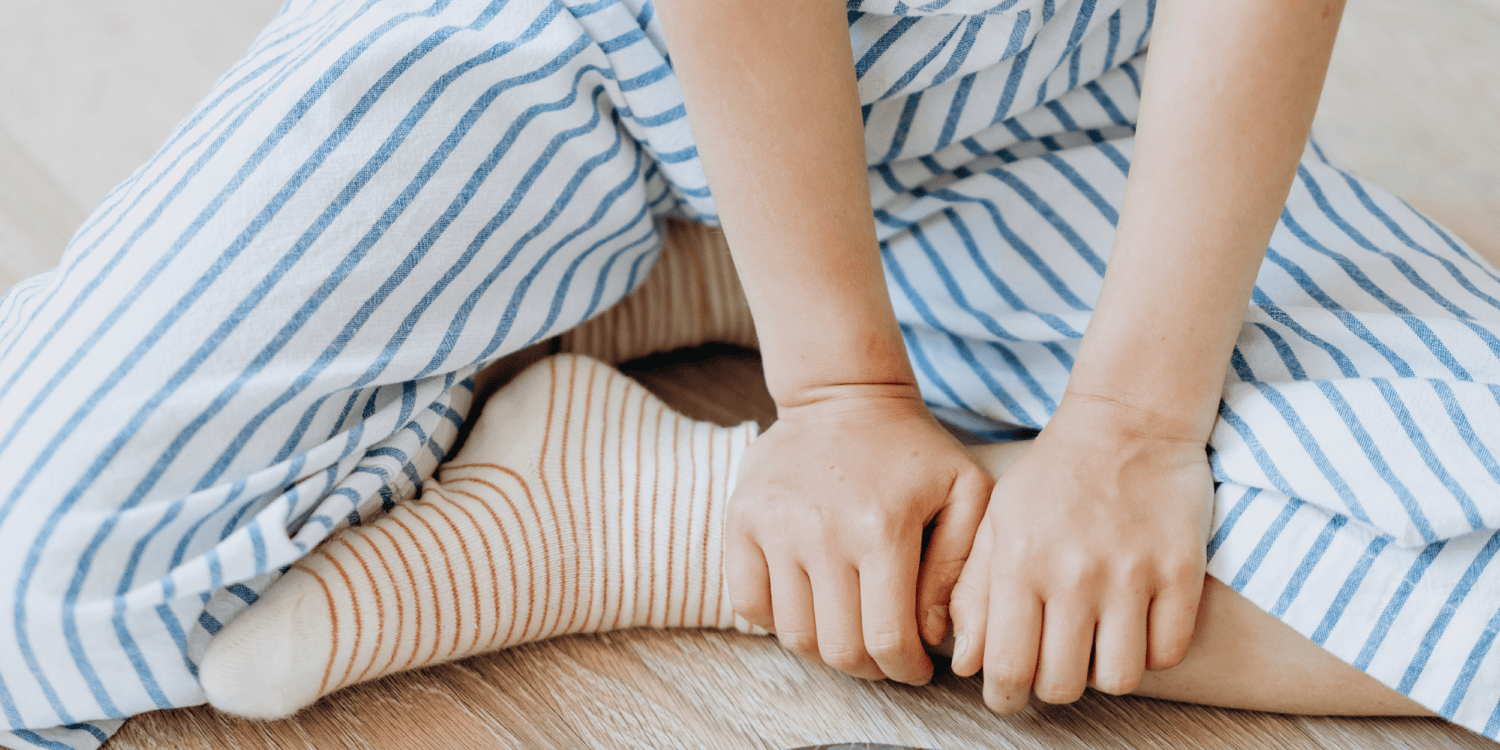Understanding and Treating Kids Leg Pains
As parents, we often witness our children experiencing discomfort and pain, particularly during their growth spurts. These episodes of leg pain, commonly known as growing pains, can be distressing for both children and parents alike. Fortunately, there are effective ways to alleviate these discomforts and help our little ones through this phase.
Understanding Growing Pains
Growing pains refer to the recurrent aches and discomfort experienced by children, usually between the ages of 3 and 12, during periods of rapid growth. These pains primarily affect the legs, particularly the muscles, behind the knees, thighs, and calves. While growing pains can occur at any time of the day, they are commonly reported in the evening or at night.
Experts believe that growing pains might be related to the normal growth and development of bones, muscles, and ligaments in children. Rapid growth spurts, increased physical activity, and muscle fatigue are often associated with these pains. Although growing pains can occur in any part of the body, they commonly affect the muscles around the knees, thighs, and calves.

BodyICE Kids ice & heat packs can help ease the discomfort of growing pains.
Causes of Growing Pains
The exact cause of growing pains remains uncertain, but several factors are believed to contribute to their occurrence:
- Muscular fatigue: Children engage in various physical activities throughout the day, and the strain on their muscles can lead to discomfort.
- Bone growth: During periods of rapid growth, bones often lengthen faster than muscles and tendons, causing temporary misalignment and resulting in pain.
- Overexertion: Intense physical activities, such as running or jumping, can put excessive stress on a child's growing bones and muscles, leading to pain.
- Genetics: Some studies suggest that growing pains may have a hereditary component, with a higher likelihood of occurrence if parents or siblings experienced them during childhood.
Treating Growing Pains

While growing pains can be distressing for both children and parents, the good news is that they are generally harmless and do not require extensive medical intervention. Here are some effective strategies for treating growing pains:
- Gentle Massages: Massage the affected area with gentle strokes to promote blood circulation and alleviate muscle tension. Use a natural oil or lotion to enhance the soothing effect.
- Stretching Exercises: Encourage your child to perform simple stretching exercises before bedtime or during episodes of pain. These exercises can help relieve muscle tightness and reduce discomfort.
- Warm Baths: Soaking your child's legs in a warm bath can provide immediate relief by relaxing the muscles. Adding Epsom salts to the bathwater can also help soothe the discomfort.
- Heat Therapy: Apply a heat pack, such as the BodyICE Kids heat pack, to the affected area. The gentle warmth can help relax muscles and relieve pain. Always follow the manufacturer's instructions for safe and effective use.
- Cold Therapy: In some cases, applying cold therapy can reduce inflammation and numb the pain. Consider using BodyICE Kids ice packs, which are specifically designed for children and provide safe and effective cold therapy.
Growing pains can be a challenging phase for both children and parents, but understanding the causes and implementing appropriate remedies can significantly alleviate the discomfort.
By incorporating gentle massages, stretching exercises, warm baths, and innovative solutions like our BodyICE Kids ice & heat packs into your routine, you can help your child navigate through these growing pains with ease.

Remember, patience and reassurance are key during this phase of your child's development. Soon enough, they will outgrow these pains and continue to thrive!
Note: When persistent or severe pain is experienced, it is always advisable to consult a healthcare professional to rule out any underlying conditions.





Leave a comment
All comments are moderated before being published.
This site is protected by hCaptcha and the hCaptcha Privacy Policy and Terms of Service apply.